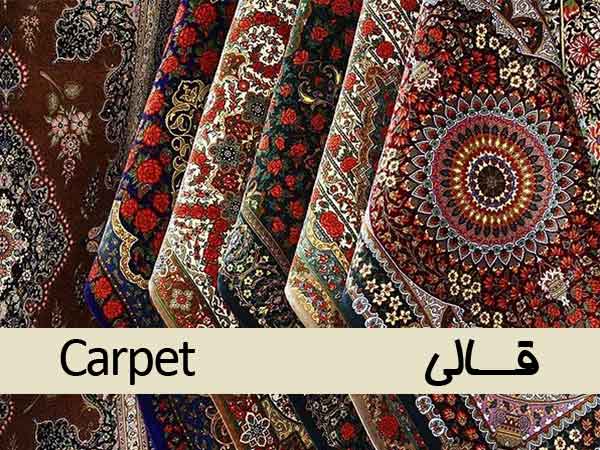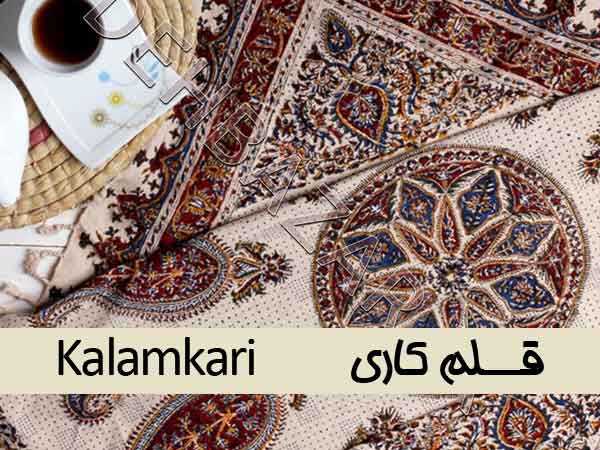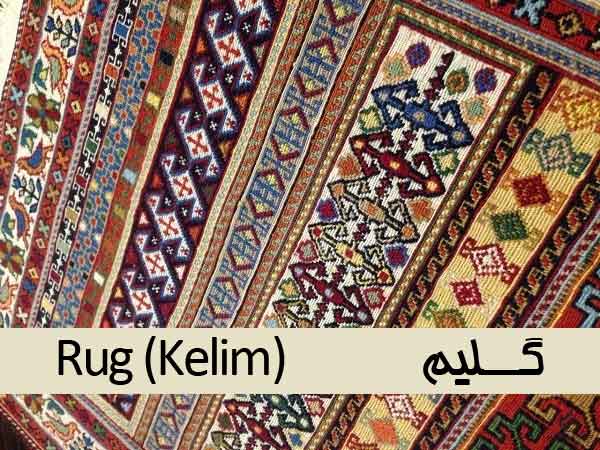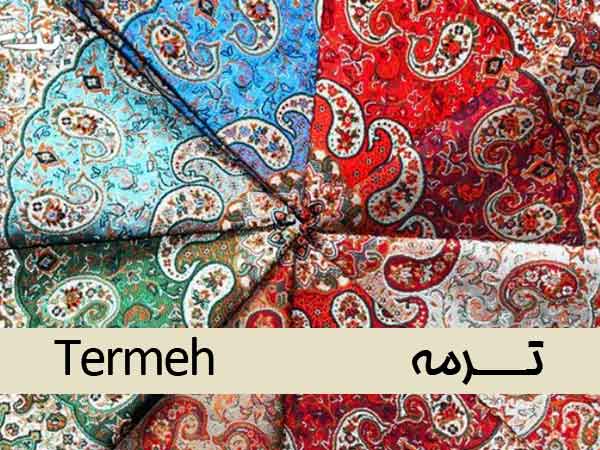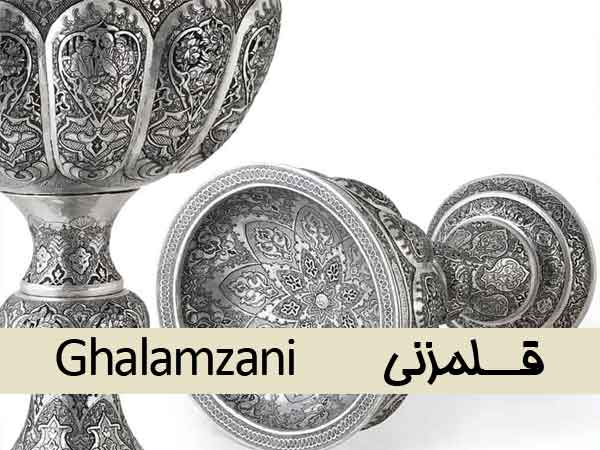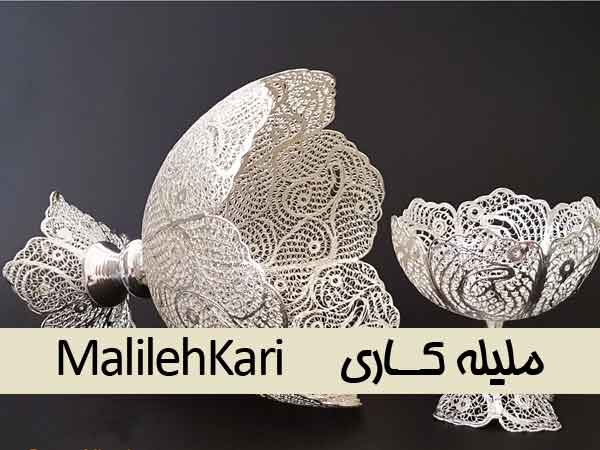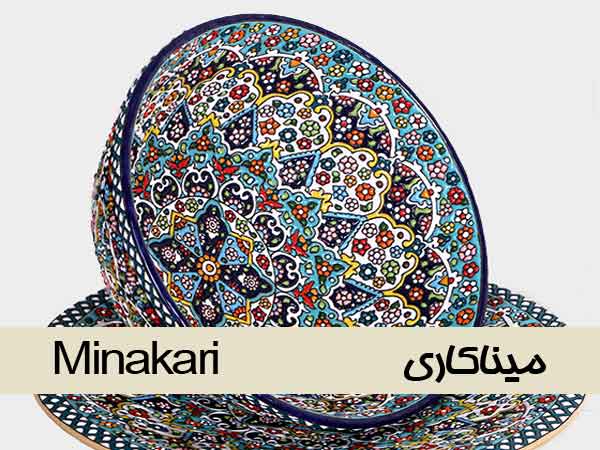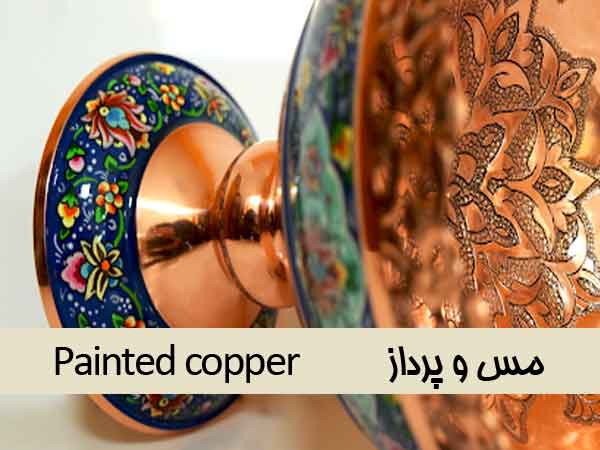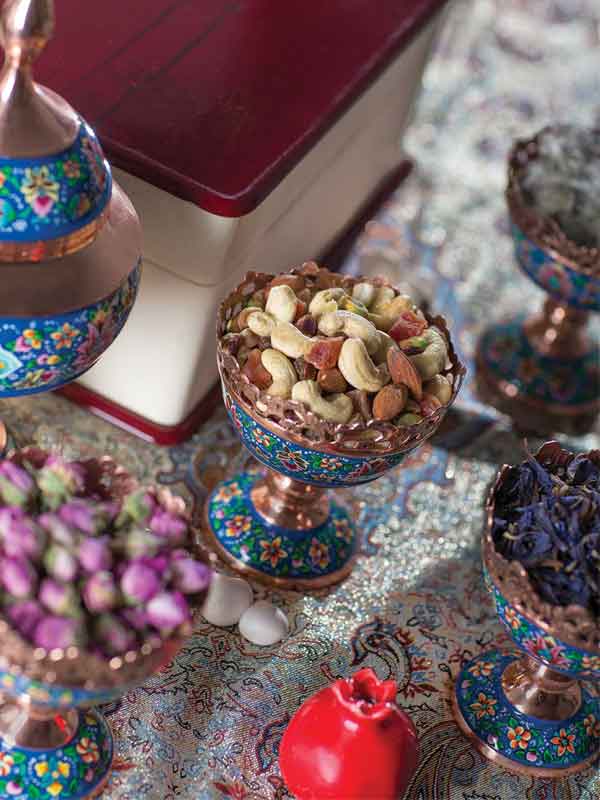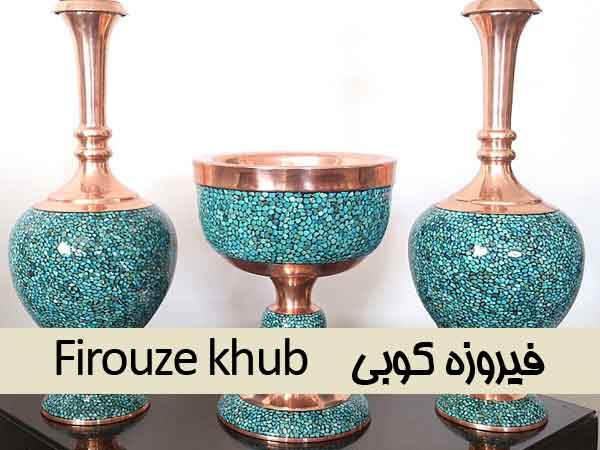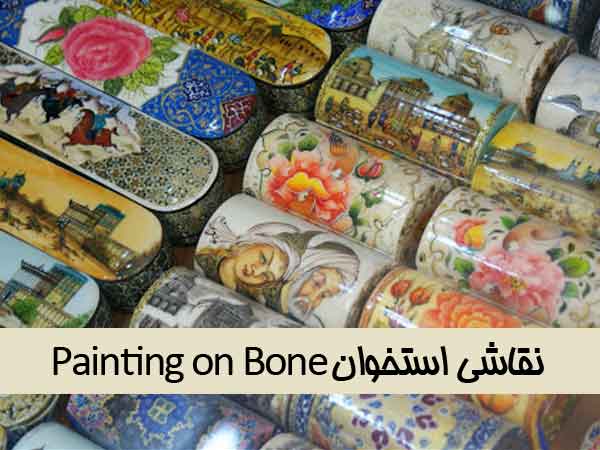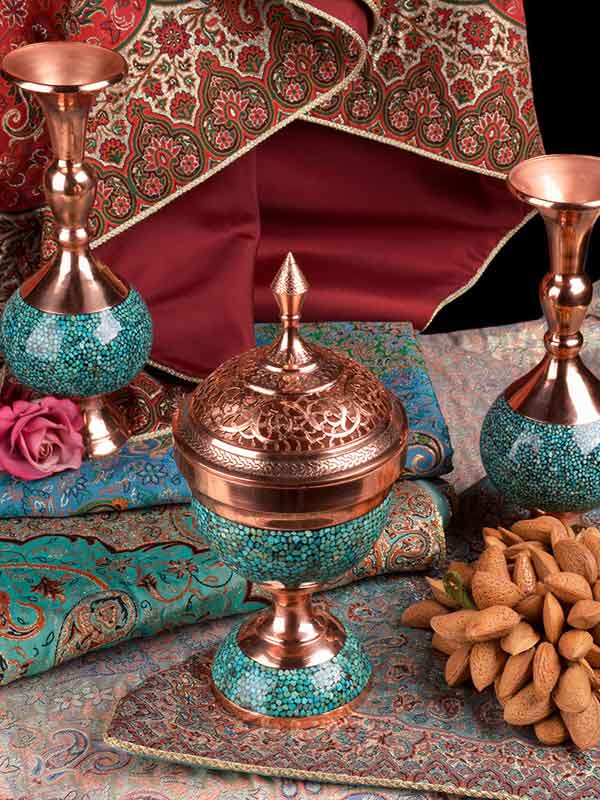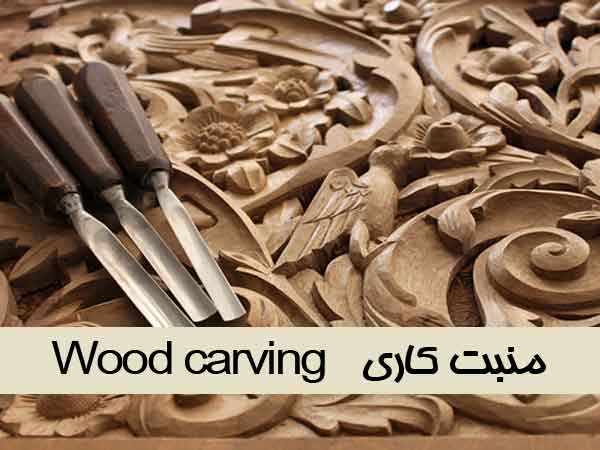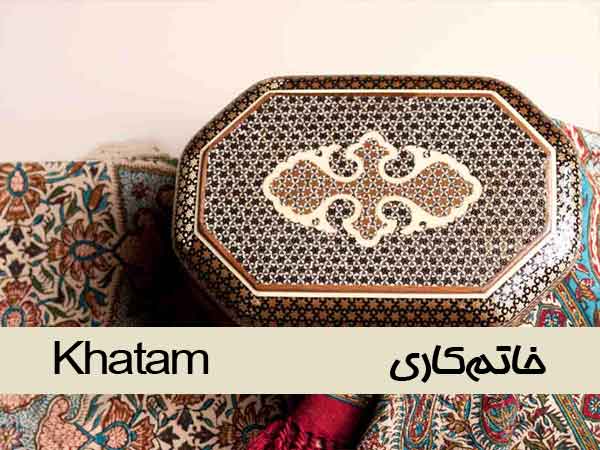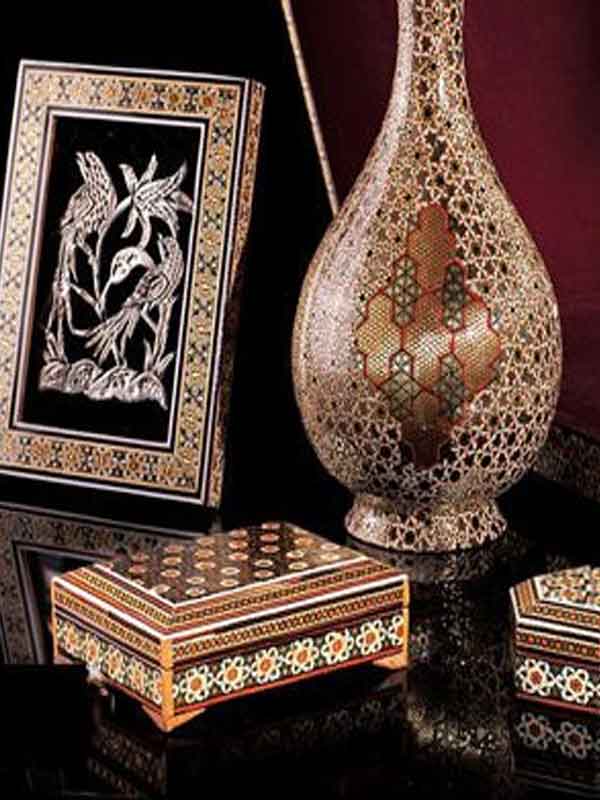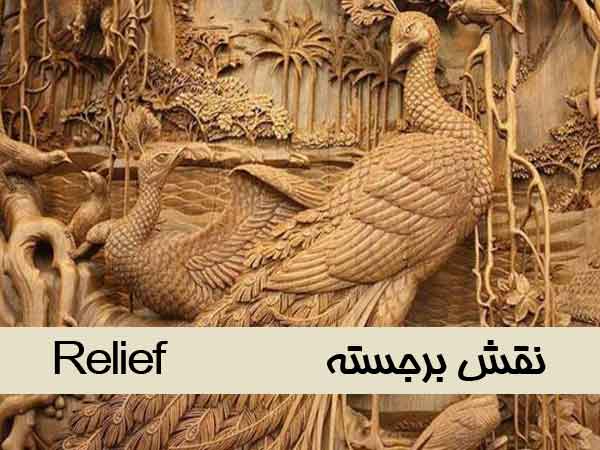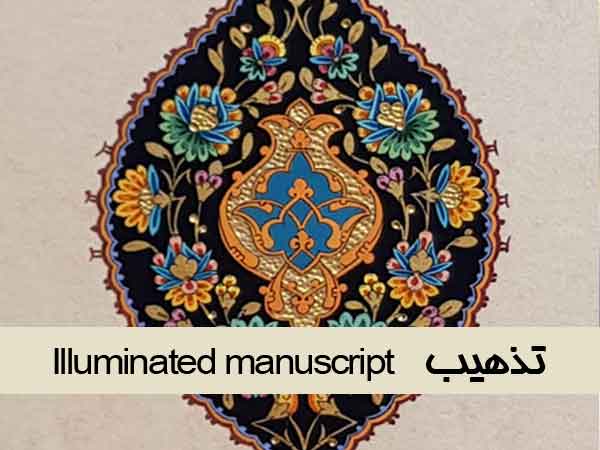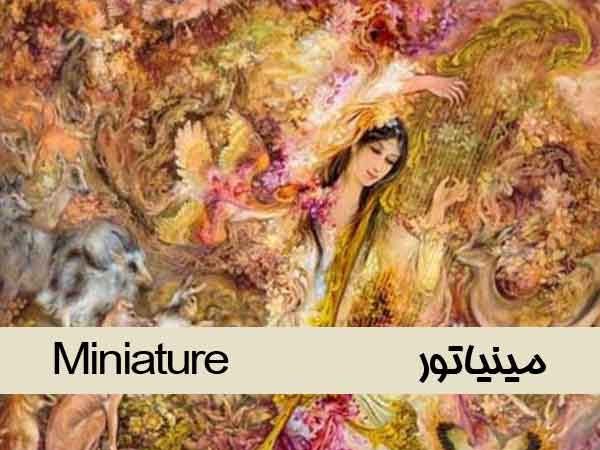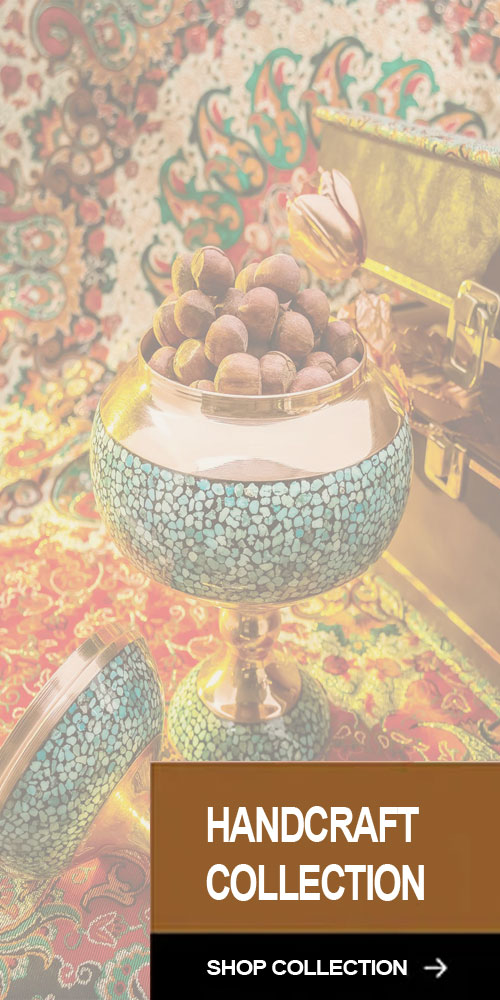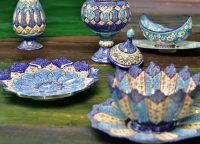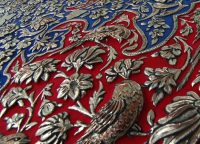Enamelling or Minakari has a history of 5,000 years and is considered a handicraft. This art is mostly done on copper, but it can also be done on gold and silver. The only metal that does not oxidize when enamel melts is gold. For this reason, designs with better quality than copper and silver can be created on it. These designs are created beautifully with details and with the most similarity.
Enamel formation is a combination of several types of salts and metal oxides that are exposed to high temperatures (750 to 850 ° C). Colors are created over time and based on high temperatures. The center of enamel production today is in the city of Isfahan, which has flourished with the activities of prominent masters and artists in the production of enamel works.
This art has been used to beautify various dishes and ornaments. It is a combination of fire and earth that blends with the art of painting to create beautiful patterns in the end.
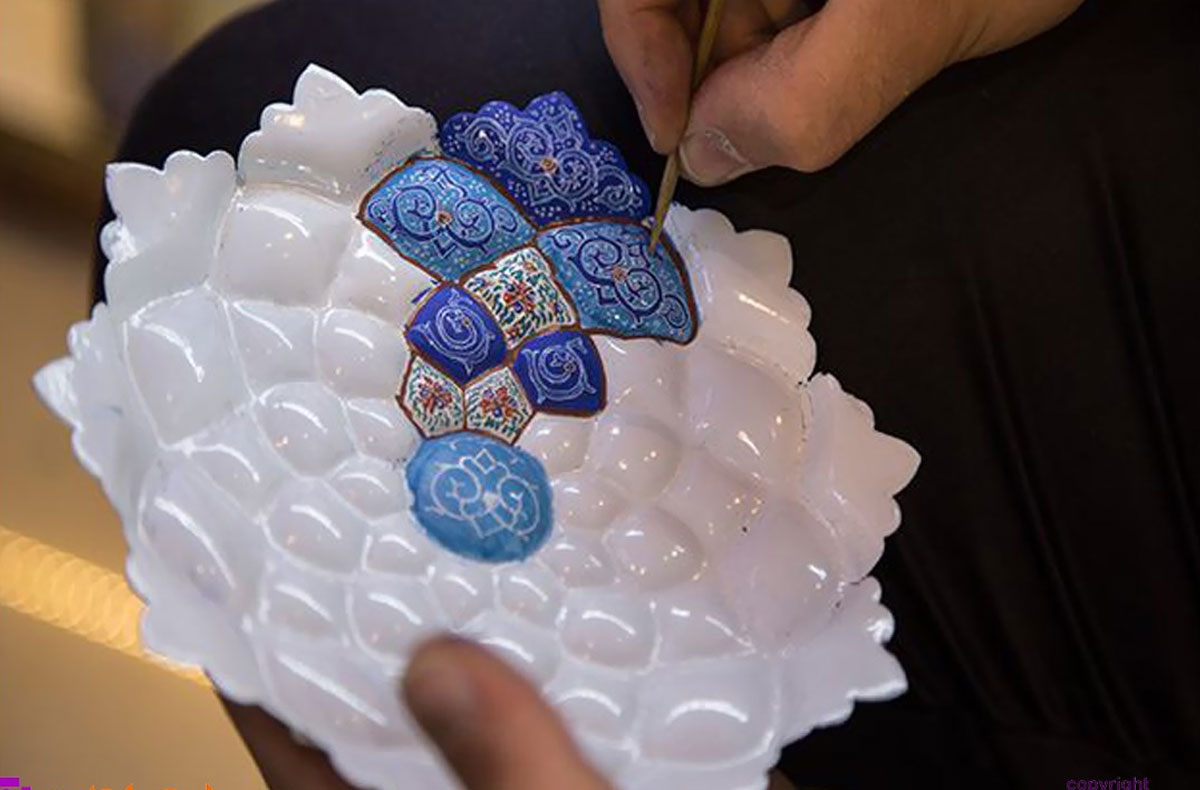
According to a number of experts, this art was formed after adapting Byzantine enamels to Iranian works in Iran and then flourished in other countries. Specimens have been found in European antiquities that date back as far as 13 centuries BC. For example, six gold rings from 13th century BC found in Cyprus are an example of inlaid enamel. Or the famous statue of Zeus in Greece, which dates back to 500 BC. In Nahavand, excavations have uncovered a pair of gold earrings whose goldsmith style dates back to the seventh to eighth centuries BC and is about enamel glass glaze on metal. Another old example is an armband that is decorated with gold and enamel and belongs to the Achaemenid period. The work is now housed in the Victoria and Albert Museum in London.
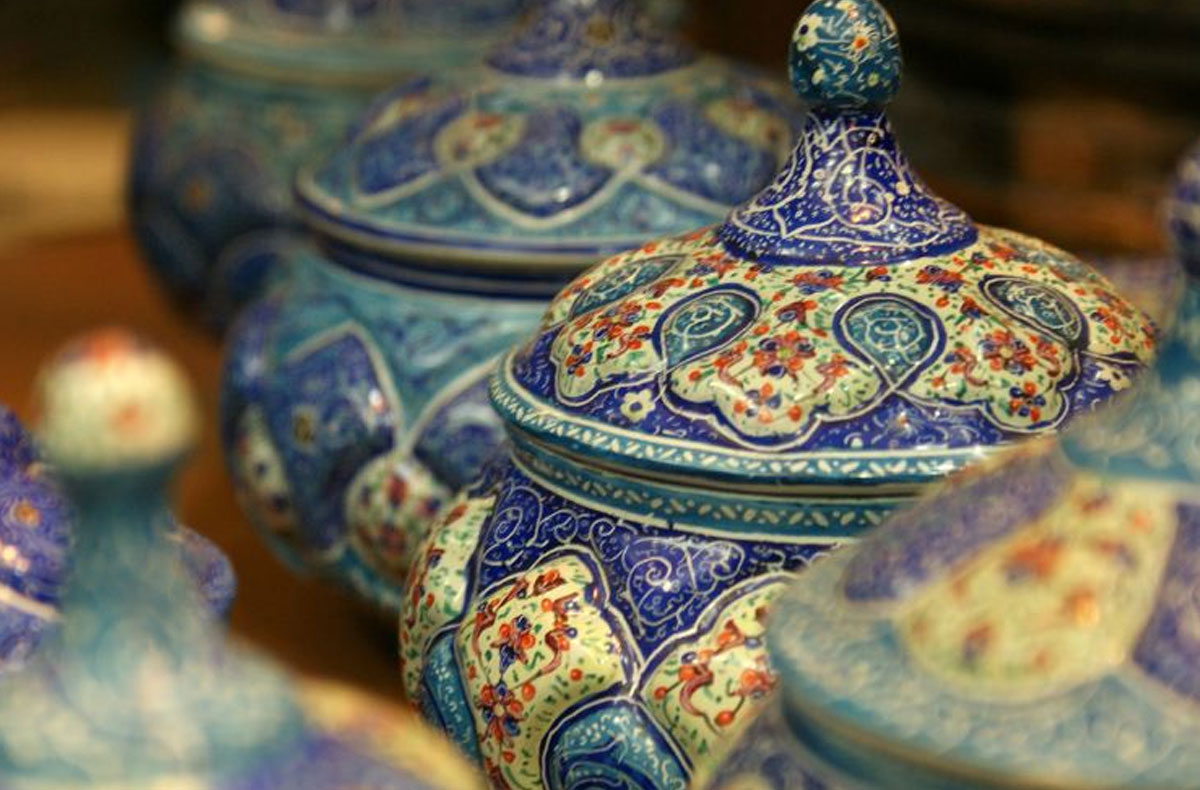
This art was common for the production of brass and pottery, which dates back to the Seljuk period and was sent to neighboring countries. One of the valuable examples of this period is Arsalan alb tray, which is an enamel work on silver. This work is housed in the Boston Museum of Fine Arts.
This beautiful work is by a master named Hassan Kashani, whose name is engraved in Kufic script. From the Sassanid period, plates have been discovered in Armenia, which are in the Museum of Islamic Art in Berlin and also in the Metropolitan Museum of Art in New York, and is a beautiful example of Iranian pottery antiquities.
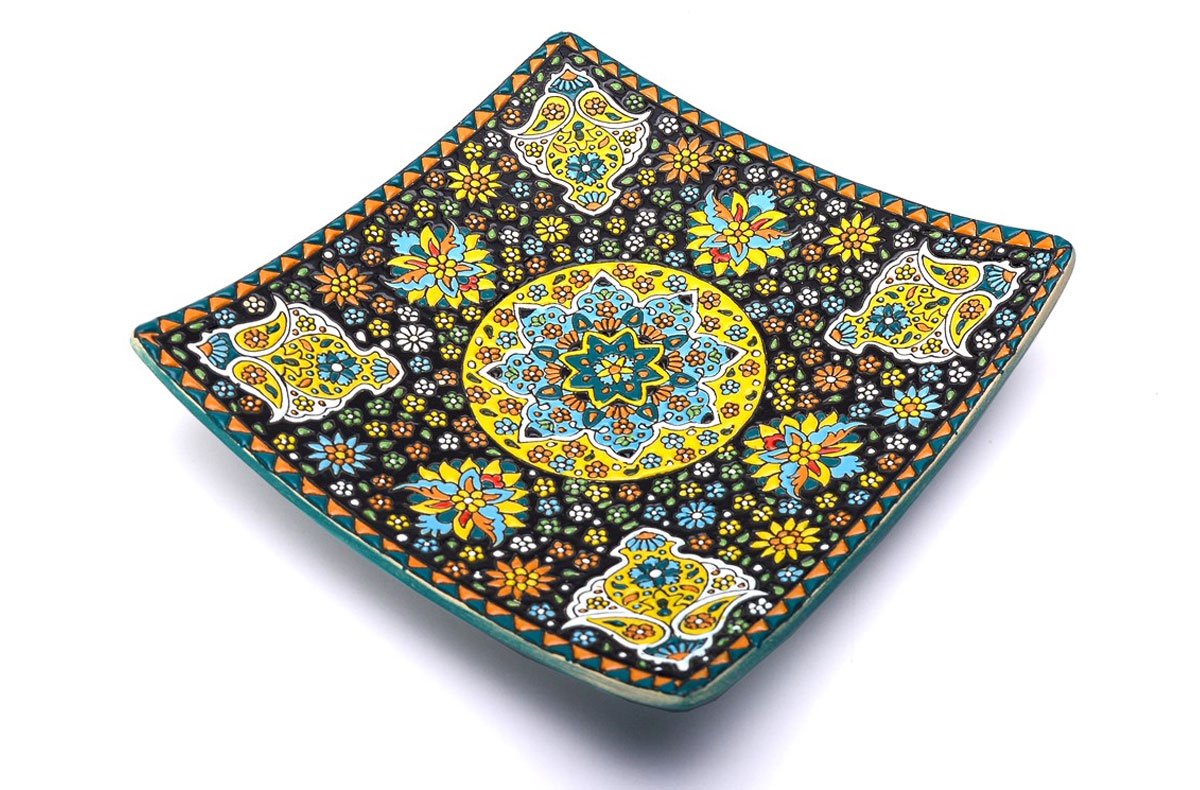
Other works of ancient Iranian pottery are available in the Armitage Museum in St. Petersburg and in the museums of England and France. During the Mongol period, the art of metalworking and later the art of enameling in Iran underwent changes.
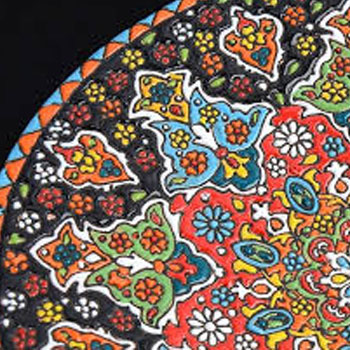
So that a new style was created and the images and shapes that were related to the appearance and clothes of the Iranian courtiers were replaced by Arabic motifs. During the Timurid period, metal deposition reached its easternmost point. There is no white work in enamel art; So even if some of the pieces are white, they have a background in a different color. At this stage, the designed container is ready to go into the oven, usually cooked at a temperature of 400 to 500 ° C and the color is fixed on the pot.
If you look at most of the enameled products in the shops, you will find that this art can be used even on other works and sometimes even matched with each other. You can find it in jewelry boxes and so on.
As a result, the colorful world of art is fascinating, and as you walk more and more, you will discover the touching and soothing beauties of it. The art of pottery is one of the best and most suitable gifts and souvenirs in Iran.
Enamel is a miniature painting in ceramic and metal that bright colors, unique images and very special shapes can be seen on each piece.
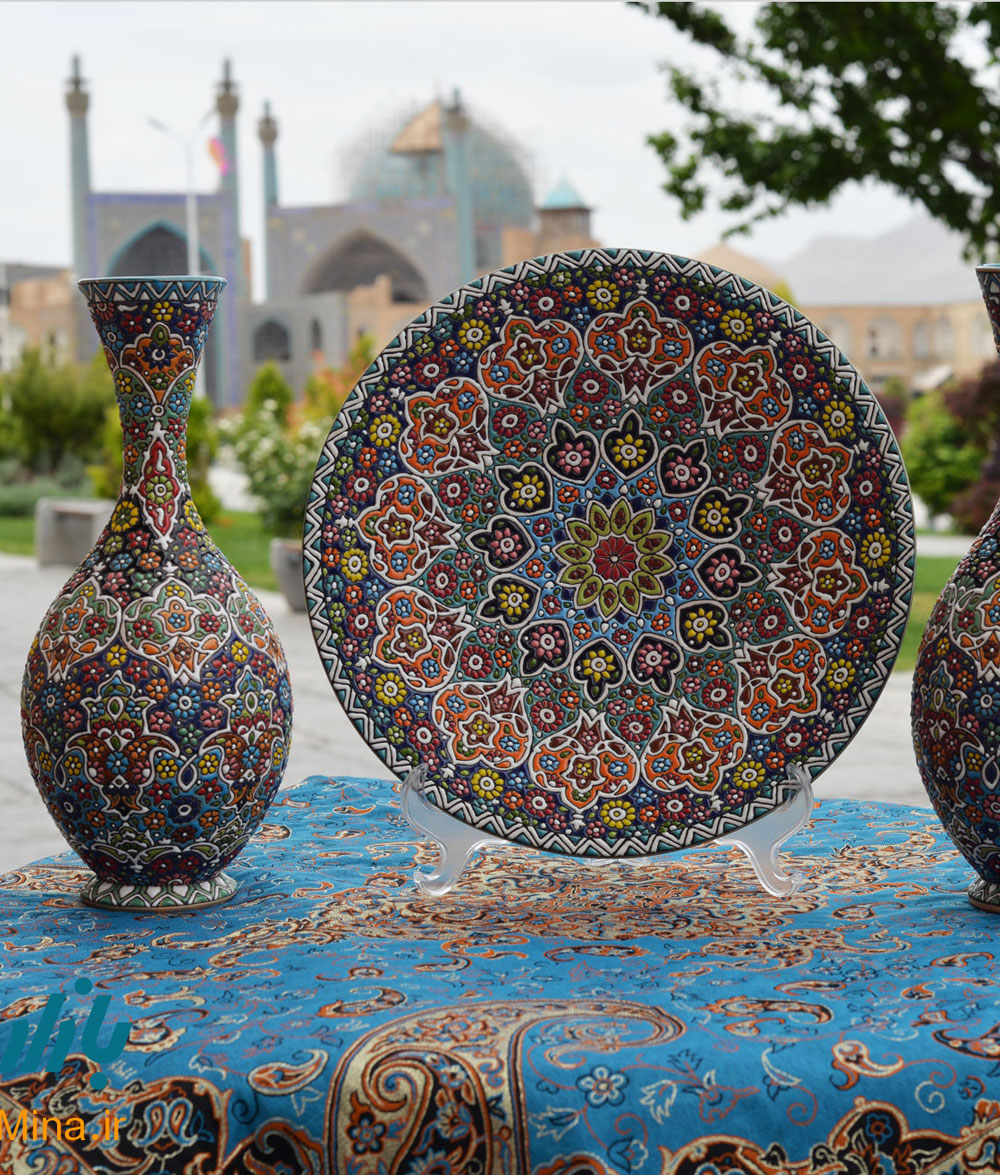
The name enamel comes from the word “mino” which is pronounced as “sky” or yellow in the sky. Enamelling was invented during the Sassanid dynasty (651-224 AD) and during the Safavid dynasty, a French traveler mentioned a reflective object in his notes. These objects were decorated with brightly colored birds and animals, floral patterns and ornaments.
The patterns used in the art of pottery are very diverse, because it is very difficult to make two pieces of art with similar patterns, and making them requires several masters in this profession.
Decorative paintings are often used to decorate chandeliers and doors in mosques, vases and candlesticks. Silver and copper are also used to make enameled gold jewelry; Of course, as it is known, gold also gives a dazzling effect to the decoration of enamel art. Azure patterns in the “Islamic” style are predominant in the painting and give them a beautiful design. This style has been used for more than a thousand years and this is one of the distinctive features of Persian pottery. One of the intricate geometric patterns of pottery is the symbolism of ancient religious teachings from the time of the Matrix.
Isfahan is a center of decorative arts, especially enameling, and the best masters of enamel lived in Isfahan, and some of them still work professionally in this profession.
The most expensive and unique products and works of Iran are stored and displayed in the Museum of Traditional Arts and Crafts. In the bazaar of Isfahan, the best examples of pottery can be seen, and each of them receives special attention. Buying souvenirs decorated with unique and amazing paintings will be a memory of an unforgettable trip to an ancient country.


